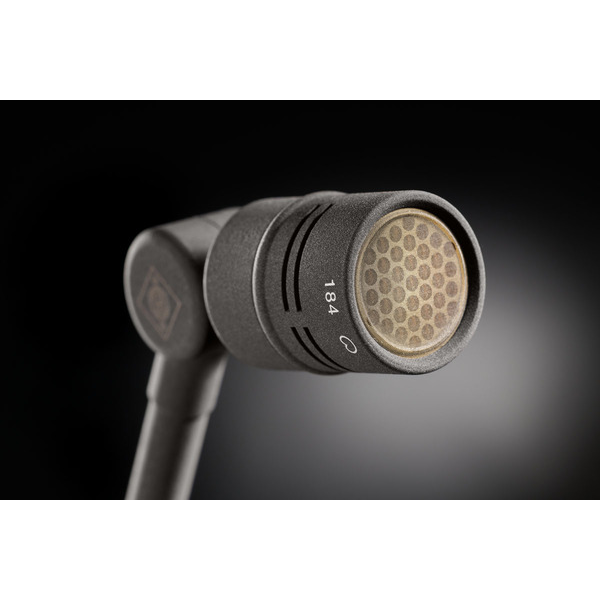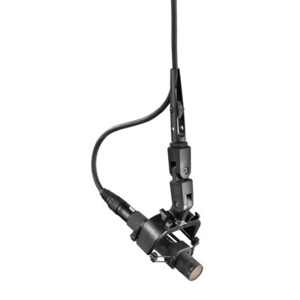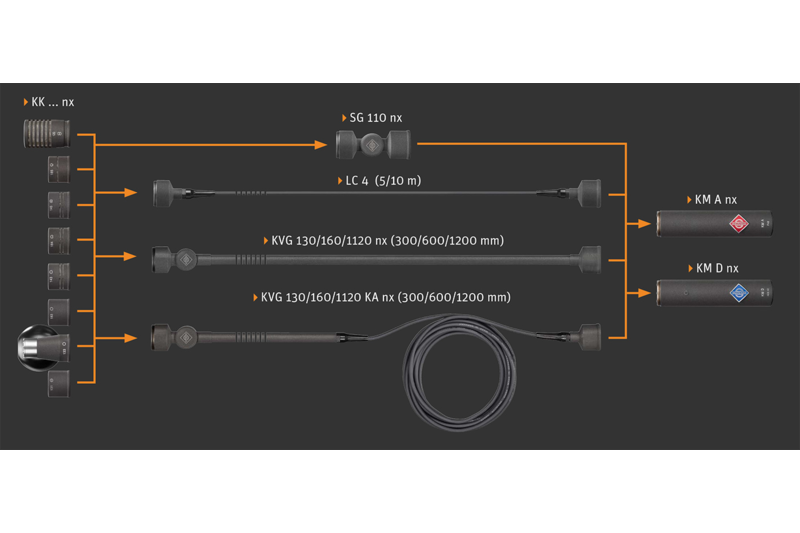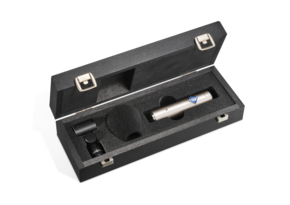

Digital Miniature Microphone
KK 131 + KM D
Modular small diaphragm microphone with digital output stage
- Directional characteristic: omni (free-field equalized)
- Part of the modular microphone system KM A/D
- Comprehensive range of accessories
COLORS AND VARIANTS
-
KK 120 + KM D
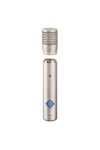
-
KK 120 nx + KM D nx

-
KK 131 + KM D

-
KK 131 nx + KM D nx

-
KK 133 + KM D

-
KK 143 + KM D

-
KK 145 + KM D

-
KK 183 + KM D

-
KK 133 nx + KM D nx

-
KK 143 nx + KM D nx

-
KK 145 nx + KM D nx

-
KK 183 nx + KM D

-
KK 184 + KM D

-
KK 184 nx + KM D nx

-
KK 185 + KM D

-
KK 185 nx + KM D nx

-
KH 420 on a lighting stand (1)

-
KH 420 on a floor stand (2)

-
KH 420 on a KH 870 sub (1)

-
KH 420 on a KH 870 sub (4)

-
KH 420 off a horiz. truss


